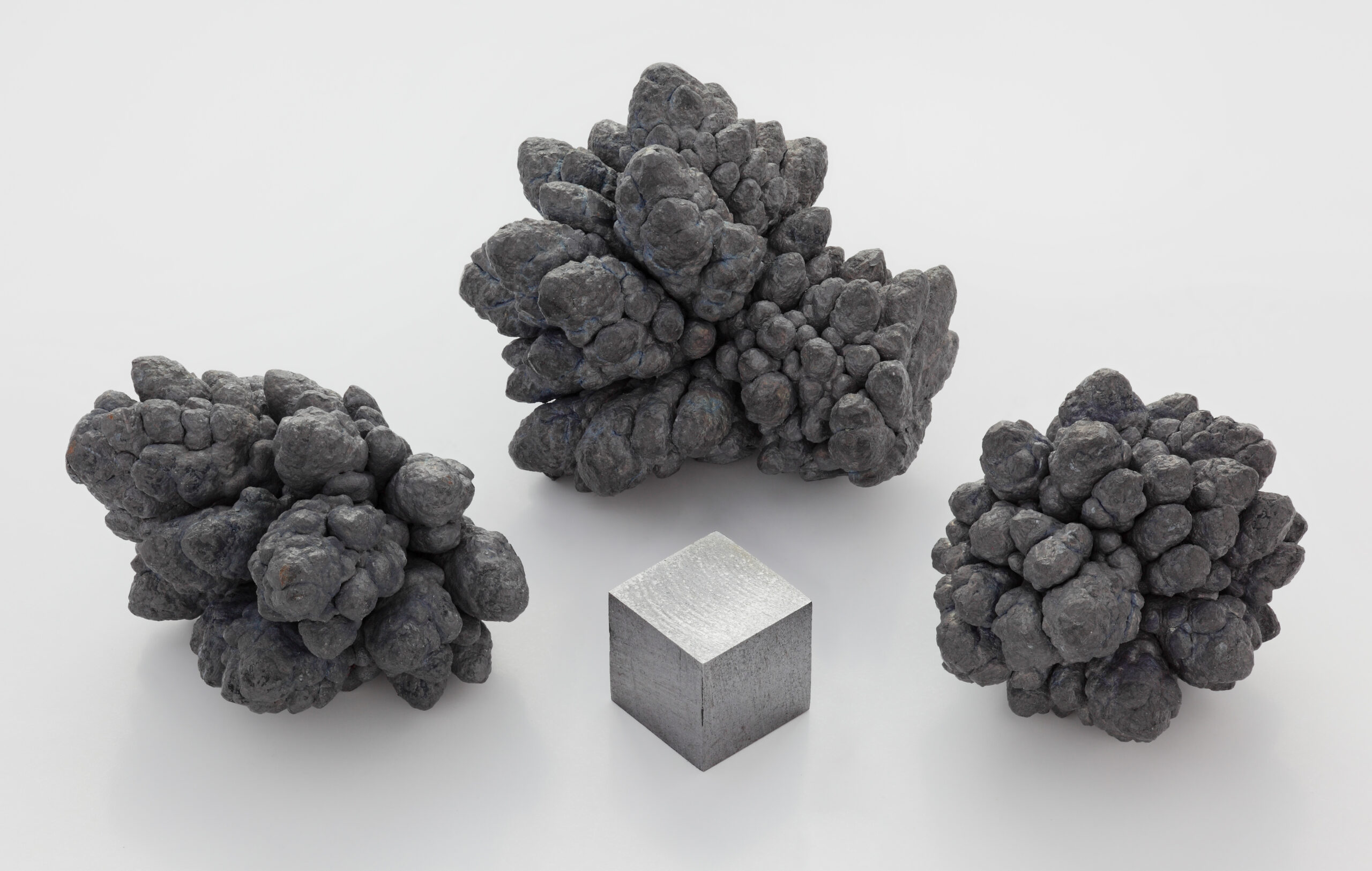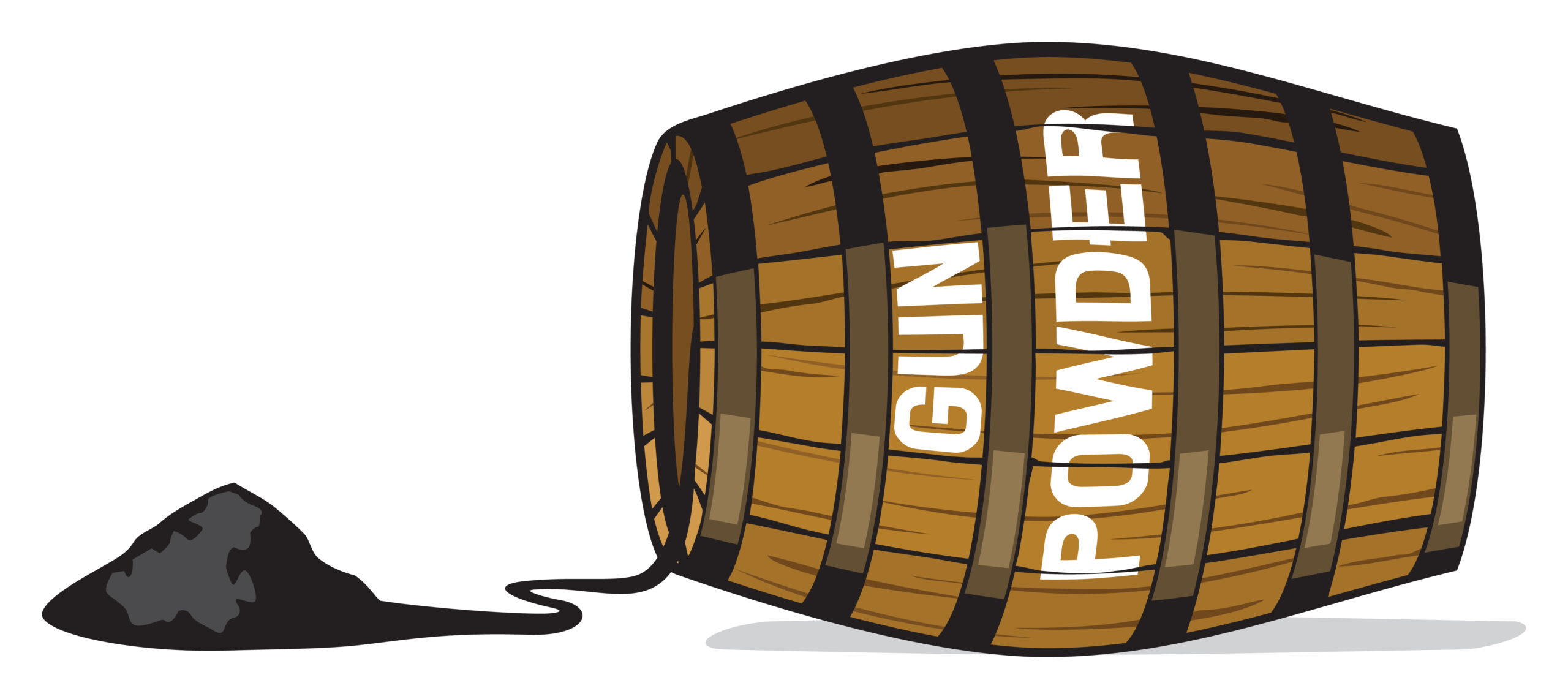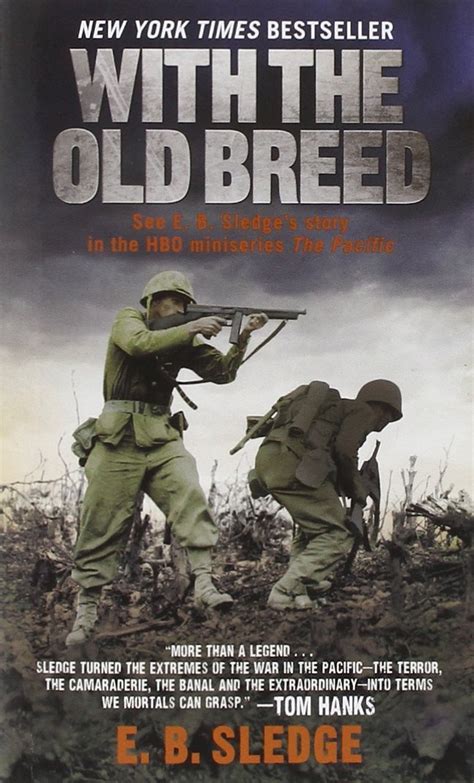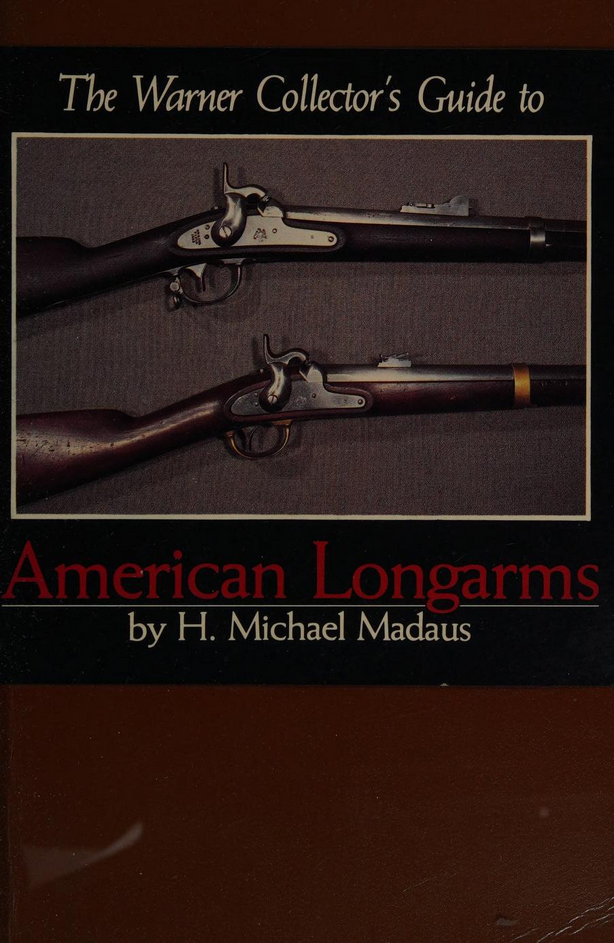On July 1st, 2019, California became the first U.S. state to completely outlaw the use of lead ammunition for hunting, in both bullet and shotgun pellet form. Hunters have been at each other’s throats for more than three decades over the possibility of a federal ban, but so far none of the proposals have succeeded. We all know that any amount of lead exposure can have detrimental effects to human and animal health, and we started to phase out tetraethyl lead as an anti-knock agent in automotive gasoline back in the 1970s, so why do we still make bullets and shot out of the stuff?
The short answer is that it’s dense and cheap, but you already knew that, or you wouldn’t still be reading this. The longer answer involves geology, materials science, and a little bit of nuclear physics.
While almost all modern bullets have a copper alloy jacket, this was not always so. Bullet jackets only became necessary after the introduction of smokeless powder in the late 19th century. For the first few centuries after the advent of handheld firearms, bullets were made entirely of cast lead, often alloyed with tin or antimony to slightly increase hardness. Apart from the addition of a jacket and improvements in metallurgy, most modern bullets are chemically very similar to musket balls from four hundred years ago, and for good reason.
A projectile’s external and terminal ballistic properties depend not just on the shape of the projectile, but on its sectional density, which is defined as the ratio of its mass to its frontal area. To achieve a suitably high sectional density for good aerodynamics, therefore, engineers must either make bullets very long or make them out of a very dense material. The longer a bullet is, the more difficult it is to gyroscopically stabilize, and if a bullet is longer than about seven to ten calibers, no rifling twist can reliably stabilize it. High density is also difficult to achieve, as the densest metals also tend to be very rare, but why is that?
To understand why lead’s density is special, we need to start about half a million years after the Big Bang (bear with me, I’m going somewhere with this). Once the universe cooled enough for atoms to form, the overwhelming majority of those atoms were the simplest possible ones; a typical hydrogen atom consists of a single proton with an electron around it. Virtually every other element between hydrogen and iron has to be formed by nuclear fusion inside stars; elements heavier than iron are formed in supernova explosions when stars die; and the very heaviest elements are only formed inside particle accelerators. Although an element’s atomic mass and its density are not directly proportional, there exists a strong positive correlation, so the elements with higher atomic numbers and consequently higher atomic masses also tend to be denser. The Earth and other terrestrial (rocky) planets were molten when they formed, so the densest elements sank down into the Earth’s mantle and core, and the less dense ones floated to the surface and cooled to form the chemical compounds making up the crust. Yes, this is a gross oversimplification, but it’s necessary background.
Because the Earth’s crust is made primarily of less dense compounds comprised of less dense elements, the denser ones tend to be scarcer. Lead is the exception, but only because it can be formed by the radioactive decay of heavier elements. I won’t get into the fine details of why this is the case, but lead is the heaviest indefinitely stable element on the periodic table (bismuth is a weird case, don’t worry about it), and as such is the end stage in the radioactive decay chains for almost everything with a higher atomic number. Everything from polonium to uranium and the man-made ones beyond eventually decay into lead, given enough time. Consequently, lead is disproportionately common in the Earth’s crust for such a dense element, making it far less expensive to obtain than many of the others in its period: tungsten, osmium, platinum, and gold, just to name a few.
When the first handheld firearms were invented, lead was an obvious choice as a bullet material. It is soft enough to form a tight seal with the bore of a musket, dense enough to provide good ballistics, and so cheap and common that no one cared much about shooting it away. Furthermore, lead has a very low melting point, around 621°F (327°C), making it easy to extract from natural galena (lead sulfide) crystals and cast into musket balls without much specialized equipment. Lead has such a low melting point, in fact, that it can be melted and cast using a wood-fired furnace.
Lead is cheap and dense, but there are other cheap metals out there that are somewhat dense, so why not use those? Zinc is only 63% as dense as lead and 32% more expensive by mass, but it’s almost as easy to melt and cast as lead, so wouldn’t it work well enough? In short, no. The problem is, zinc has a much higher compression hardness than lead, so to be usable as a bullet core material, zinc would have to be jacketed in something softer than itself, with a copper jacket then applied around it. Steel-core bullets are already made this way, but it’s a more complicated and therefore expensive process, not to mention the fact that the “softer metal” surrounding the steel core is typically lead anyway! Consequently, lead-free hunting ammunition tends to be loaded with solid copper bullets; while conducive to good accuracy due to their monolithic construction, copper is also nearly five times as expensive by mass, relegating copper bullets to low-volume applications such as hunting.
As for shotgun pellets, it’s even more challenging to find a suitable replacement. Most lead shot is “chilled,” meaning alloyed with antimony to increase hardness. Steel is harder still, but it doesn’t damage shotgun bores because the pellets are contained inside the wad’s shot cup until it exits the barrel. The problem with steel is that its lower density causes it to lose energy more readily as the shot column flies through the air and reduces penetration once it hits the target. The consequent loss of effective range and stopping power can be a problem for hunters, for whom both factors are critical. More recently, some ammunition manufacturers have begun to sell shells loaded with tungsten or bismuth shot; bismuth is only 15% less dense than lead, while tungsten is 70% more dense. Although both metals are nontoxic, their use is limited to hunting applications because they are far more expensive than the lead they would otherwise replace. Tungsten in particular is much more scarce and has a number of more important uses in electrical, industrial, and military applications.
In conclusion, although lead is imperfect (read: a low-level heavy metal neurotoxin), its combination of low cost, high density, low melting point, and softness make it highly useful as a material for bullet cores. This isn’t so say it’s impossible to make lead-free ammunition (Federal, Barnes, Winchester, and others sell solid copper hunting rounds, and several manufacturers sell shotgun shells with lead-free shot), but the industrial inertia behind lead as a bullet material is difficult to overcome when it comes to cheap practice ammunition. It seems, then, that we’ll be slinging lead downrange for a long time to come.





Comments